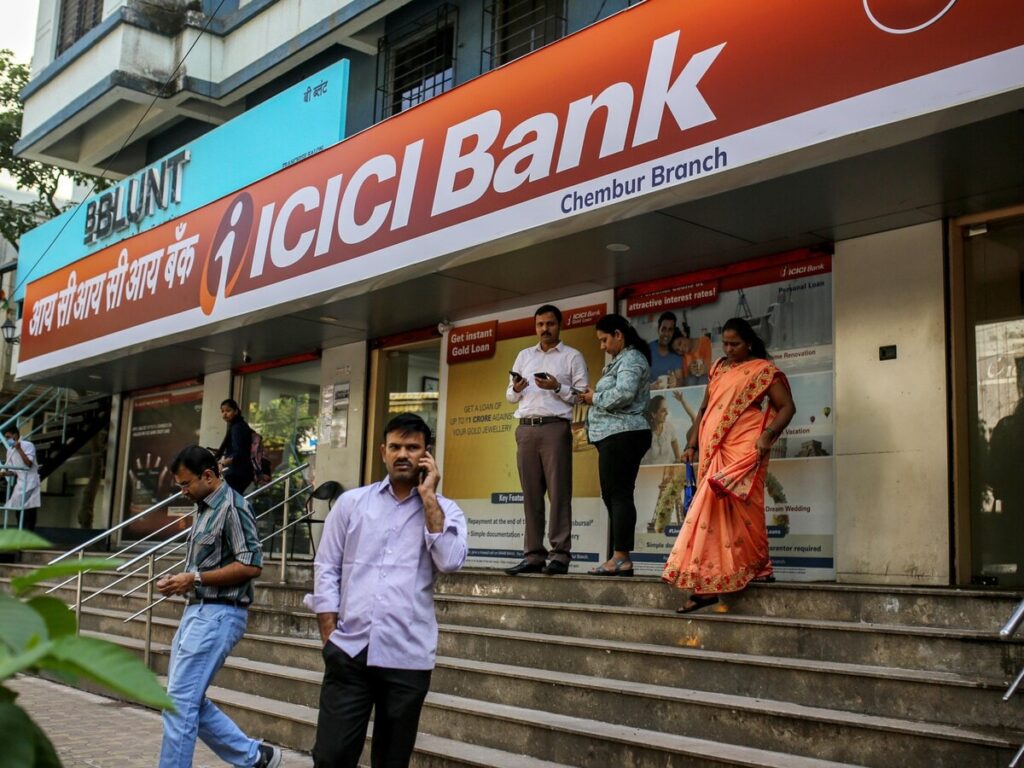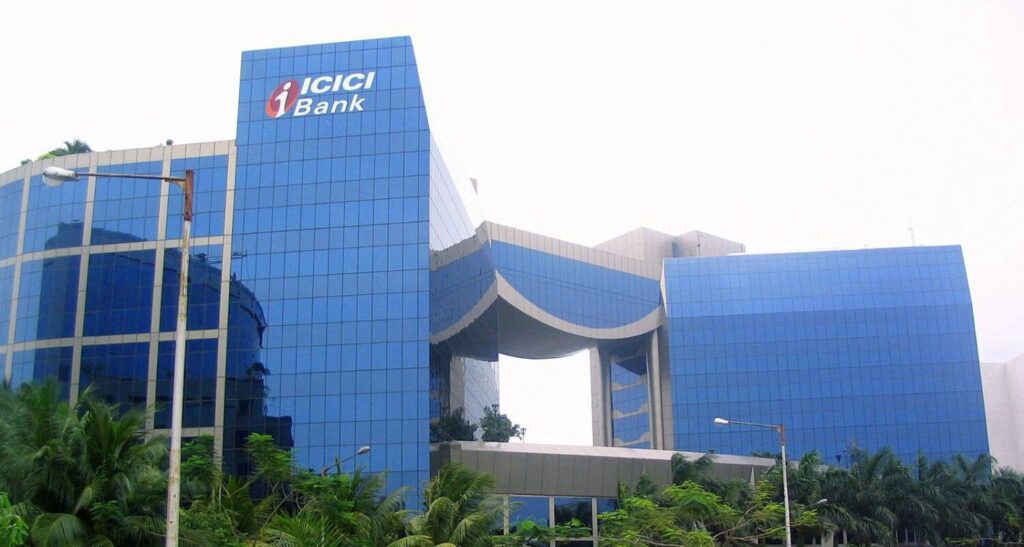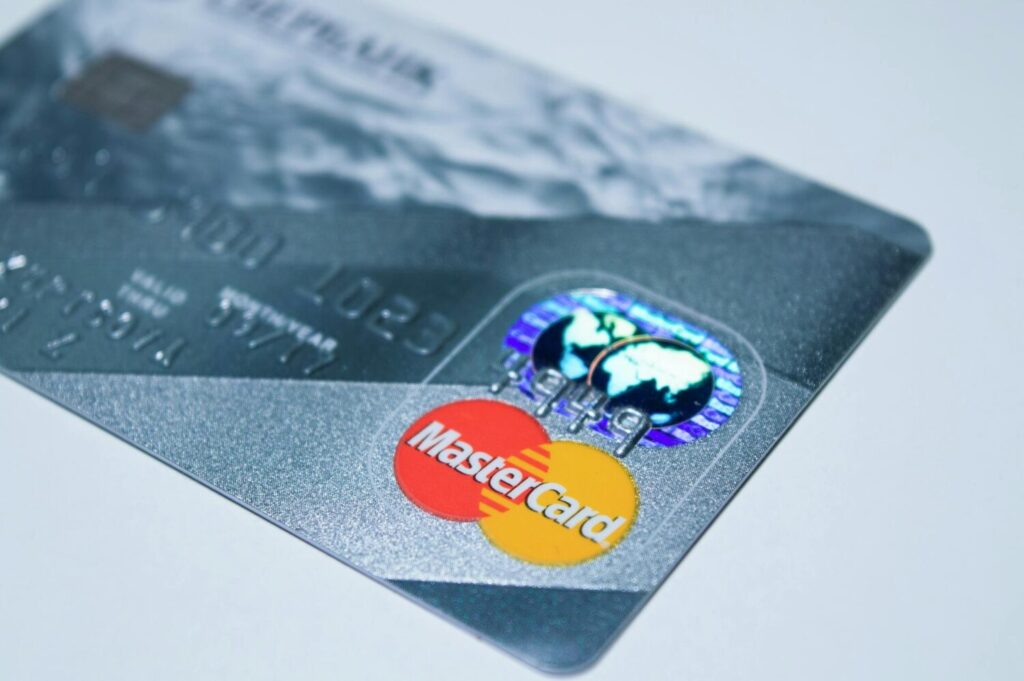ICICI Bank, India’s second-largest private lender, has raised the minimum average balance (MAB) requirement for new savings accounts effective August 1, 2025, sparking widespread debate. The new MAB is ₹50,000 for metro and urban branches (up from ₹10,000), ₹25,000 for semi-urban branches (up from ₹5,000), and ₹10,000 for rural branches (up from ₹2,500). This move, the highest MAB among major Indian banks, signals a shift toward premium banking but raises concerns about its impact on Indian savers.
This article explores the implications for Indian households, ICICI’s account base, its growth trajectory, branch network, and its historic IPO listing.
Impact on Indian Savings
The MAB hike significantly affects Indian savers, particularly in urban and semi-urban areas. With India’s average monthly income around ₹33,000, the ₹50,000 MAB for metro accounts exceeds most households’ monthly earnings, potentially locking up disposable income. For many middle-class and lower-income savers, maintaining such balances is challenging, risking penalties of 6% of the shortfall or ₹500 (whichever is lower).

This could discourage new account openings, push customers toward banks with lower MABs (e.g., SBI, which eliminated MAB requirements in 2020), or force reliance on no-frills Basic Savings Bank Deposit Accounts (BSBDAs) with limited features.
Posts on X reflect public frustration, with users calling the hike “daylight robbery” and accusing ICICI of targeting only affluent customers. Rural and semi-urban savers face particular strain, as ₹10,000-₹25,000 MABs may be unaffordable, potentially reducing banking access and savings liquidity. However, existing customers and pensioners are exempt, softening the immediate impact. The move may also drive savers toward mutual funds or other investment options, as urban youth prefer investing over maintaining “dead money” in accounts.
ICICI Bank’s Household Accounts
ICICI Bank holds over 21.2 million Basic Savings Bank Deposit Accounts (BSBDAs), which are zero-balance accounts aimed at financial inclusion. However, precise data on total household savings accounts (including regular accounts) is not publicly detailed in the provided sources.

Given ICICI’s position as a leading private bank, its regular savings accounts likely number in the millions, serving a mix of urban, semi-urban, and rural households. The MAB hike applies only to new accounts, so existing household accounts remain unaffected, but the policy may deter new household customers, especially in lower-income segments.
Growth of ICICI Bank
ICICI Bank has shown robust growth, positioning itself as a premium banking leader. Analysts note its pivot toward high-net-worth and mass-affluent customers, aiming to boost margins by focusing on “classes, not masses.” This strategy aligns with offering premium products like insurance and brokerage services.
The bank’s financial performance is strong, with its stock (ICICIBANK) trading at ₹1436.45 as of August 9, 2025, despite a slight 0.25% dip. The MAB hike reflects rising operational costs, including technology and service expenses, amid pressure on bank margins and competition from mutual funds. By targeting wealthier clients, ICICI aims to enhance profitability, though it risks alienating smaller savers.
Total Branches and Access Points
ICICI Bank operates a vast network, with over 20,000 access points, including branches and ATMs, ensuring wide reach across India. As of recent data, ICICI has approximately 5,900 branches and 17,000 ATMs, supporting its extensive customer base.

The MAB hike may impact accessibility for new customers in rural and semi-urban branches, where higher balances could limit account openings, but the bank’s large network continues to support its premium banking strategy.
ICICI Bank’s IPO Listing Story
ICICI Bank’s IPO in 1998 marked a significant milestone, raising ₹125 crore at ₹35 per share. Listed on the BSE and NSE, it was oversubscribed, reflecting strong investor confidence.
The bank later listed on the NYSE in 2000, becoming the first Indian company to do so, raising $175 million. This global listing enhanced its visibility and capital base, fueling its growth into a banking powerhouse. The IPO success laid the foundation for ICICI’s premiumization strategy, evident in its current MAB policy shift.

Conclusion
ICICI Bank’s MAB hike to ₹50,000 for new urban accounts, effective August 1, 2025, prioritizes affluent customers but risks alienating middle-class and rural savers. With over 21.2 million BSBDAs and a vast network of 5,900 branches and 17,000 ATMs, ICICI remains a banking giant, but the policy may reduce new account growth among lower-income households.
Its focus on premium, rooted in its 1998 IPO success, drives robust growth but raises questions about financial inclusion. As customers weigh penalties against banking options, the RBI’s response and competitors’ moves will shape the impact on Indian savings.

Comments